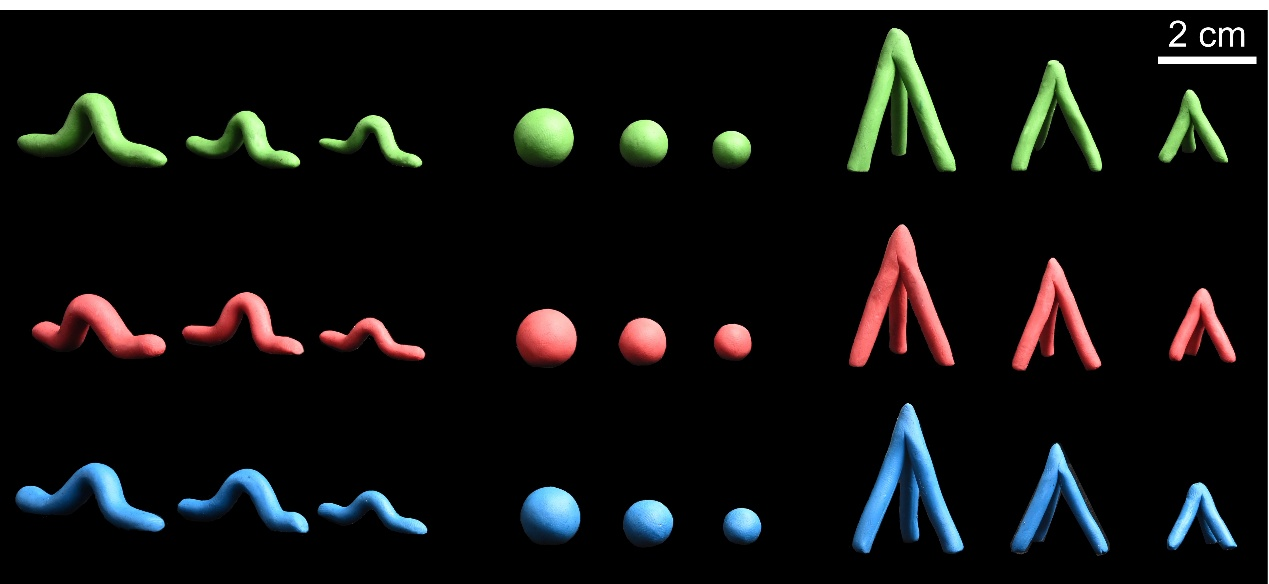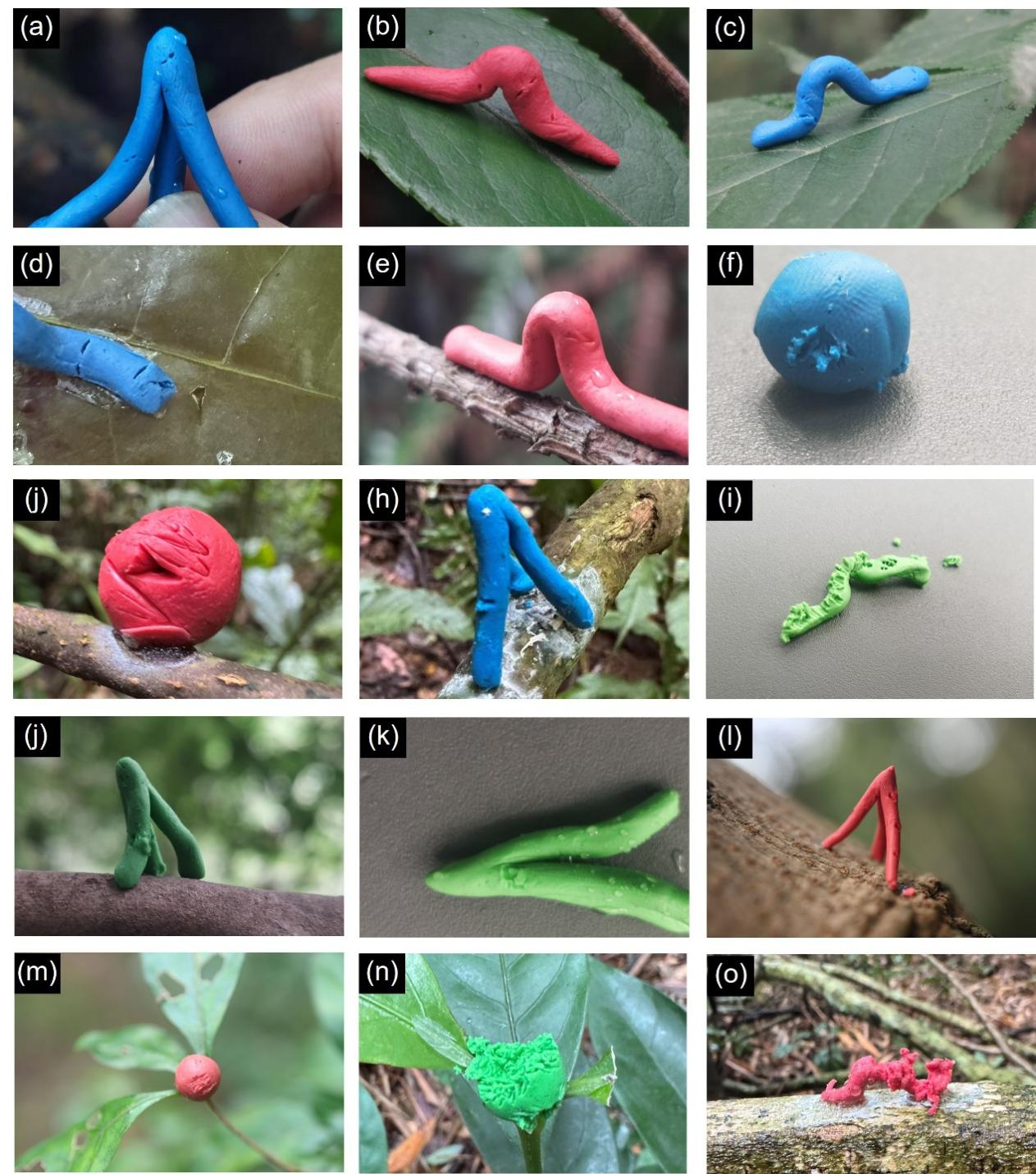Do insectivorous animals perceive green, caterpillar-shaped clay as a tasty meal? Ecologists sometimes use plasticine models mimicking natural prey, such as caterpillars, fruit, bird eggs, snakes, and frogs, to record attack marks. This method is widely adopted for its low cost and simplicity. The goal is to estimate biotic interactions, particularly predation. Yet a critical question remains: Is the assumption that plasticine caterpillars appear "tasty" to animals overly human-centric?
Despite the method's popularity, it relies on an unproven premise that animals visually recognize and react to the models as if they were real prey. In reality, animals use multiple sensory cues-including smell and prey movement-to find food, features plasticine models inherently lack. As a result, scientists have yet to fully assess whether these models reliably reflect real-world biotic interaction patterns.
Now, a study from the Wuhan Botanical Garden of the Chinese Academy of Sciences addresses this gap, revealing that plasticine models may not capture the full ecological story of biotic interactions. The findings were recently published in Proceedings of the Royal Society B: Biological Sciences.
"We've been operating on a major assumption," said Prof. CHEN Sichong, the study's corresponding author. "When an animal 'attacks' a plasticine model, it may not actually recognize it as real prey-it could just be investigating an unusual object."
To test this, the research team conducted a large-scale experiment, deploying 2,430 plasticine models across two distinct habitats: a temperate mixed forest in Dongzhai, Henan Province, and a tropical moist forest in Xishuangbanna, Yunnan Province. The models varied in color, shape, and size, some mimicking typical forest prey, others featuring traits rarely seen in natural organisms.
The researchers found imprints from invertebrates, birds, and mammals on the models. Notably, attack rates were similar across all models, regardless of their color, shape, or size. "For example, novel tripod-shaped models had nearly the same number of animal imprints as caterpillar-shaped or fruit-shaped ones," noted Prof. CHEN.
This pattern was consistent across different animal groups, experimental biomes, and seasons. The findings suggest that animals may not reliably distinguish artificial models as targeted prey solely based on visual cues. Many of the attack marks, the researchers noted, likely stem from exploratory behavior rather than deliberate predation.
The study concludes that "attacks" on plasticine models may not accurately measure true predatory intent. It highlights a broader issue: Experiments designed from a human perspective may fail to capture real ecological processes, the researchers noted.

Designs of the plasticine models in the experiment. (Image by HUANG Xiao)

Attack marks observed on plasticine models. (Image by HUANG Xiao)






